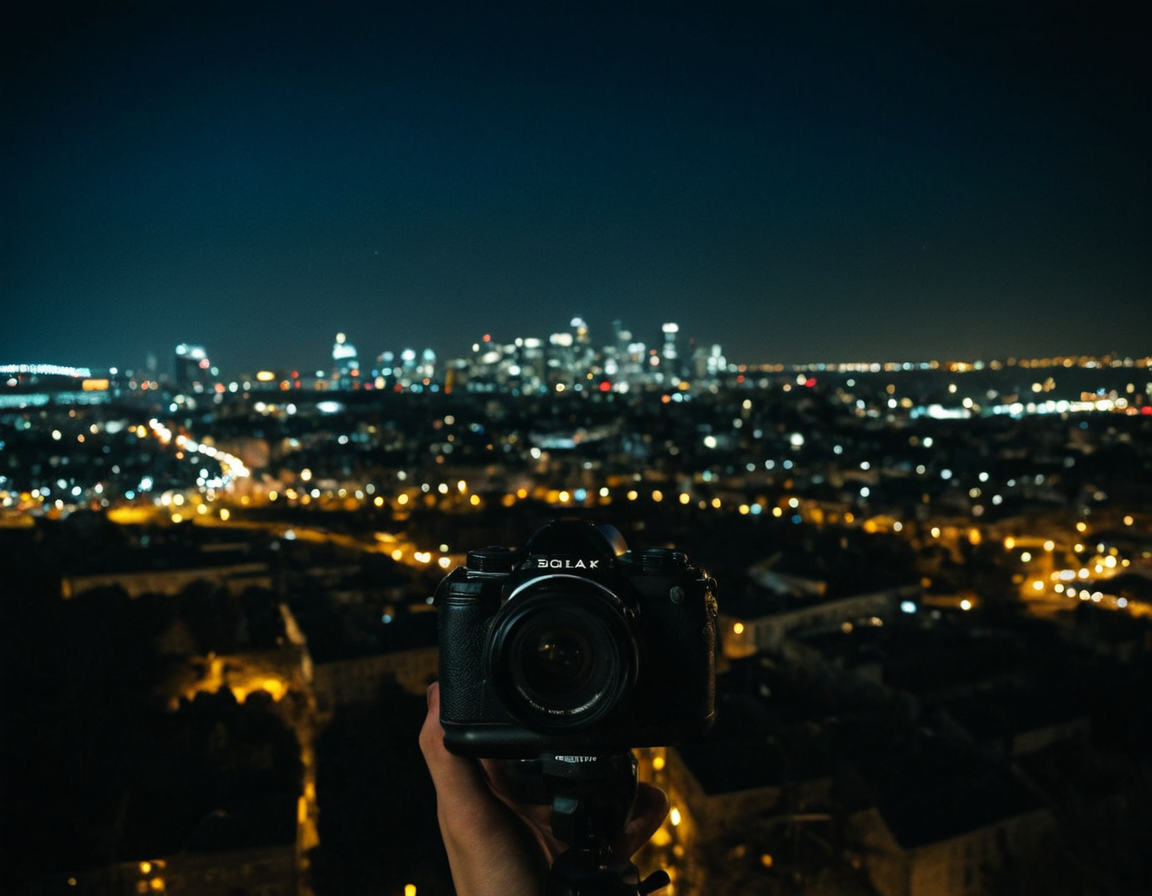ISO Secrets & Noise-Free Photos

Unlocking the Secrets of Professional-Grade Image Quality with Kolari Vision
In today’s digital landscape, capturing high-quality images has become an essential aspect of various industries, including photography, videography, and even scientific research. However, achieving optimal image quality can be a daunting task, especially when dealing with camera noise and other technical limitations. In this blog post, we’ll delve into the world of Kolari Vision and explore the ISO secrets that will help you optimize your image quality and avoid camera noise.
Understanding Camera Noise
Camera noise, also known as electronic noise or thermal noise, refers to the unwanted digital artifacts that can degrade the overall quality of an image. This type of noise is caused by the thermal activity within the camera’s sensor, which can result in a range of effects, including grain, speckles, and other unwanted patterns.
The Role of ISO in Camera Noise
ISO (International Organization for Standardization) settings play a significant role in determining the level of camera noise. When you increase the ISO setting, you’re essentially amplifying the signal to compensate for low light conditions. However, this process can also introduce more noise into the image.
In general, higher ISO settings tend to produce more noise, while lower settings result in cleaner images. However, there’s a fine line between optimal and unacceptable levels of noise.
Kolari Vision and Image Quality
Kolari Vision is a cutting-edge technology that specializes in developing innovative solutions for professional-grade imaging. Their products are designed to provide unparalleled image quality, even in the most challenging lighting conditions.
One of the key benefits of using Kolari Vision products is their ability to optimize ISO settings for optimal image quality. By working closely with photographers and videographers, Kolari Vision has developed proprietary algorithms that help minimize camera noise and ensure the highest possible image quality.
Practical Examples: Optimizing ISO Settings
So, how can you apply these principles in your own work? Here are some practical examples:
- When shooting in low-light conditions, use the lowest possible ISO setting to minimize noise.
- Experiment with different ISO settings to find the optimal balance between image quality and noise levels.
- Consider using alternative lighting solutions, such as external flash or continuous lighting, to reduce the need for high ISO settings.
Conclusion
In conclusion, optimizing your image quality is a delicate balancing act that requires careful consideration of various factors, including ISO settings. By working with Kolari Vision and applying these principles, you can unlock new levels of creative expression and deliver professional-grade images that exceed expectations.
So, what’s the next step? Will you be exploring the world of Kolari Vision or sticking to traditional methods? The choice is yours.
Call to Action
Are you ready to take your imaging skills to the next level? Join our community to stay up-to-date with the latest news and developments in professional-grade imaging.
Tags
isodesign kolarivision imageoptimization cameranote professionalphotography
About Camila Rodriguez
Hi, I'm Camila Rodriguez, a seasoned photographer and blog editor passionate about inspiring creative minds. With a background in photography and a knack for crafting engaging tutorials, I help bring the best photography techniques and tools to life on lentecreativa.com.
